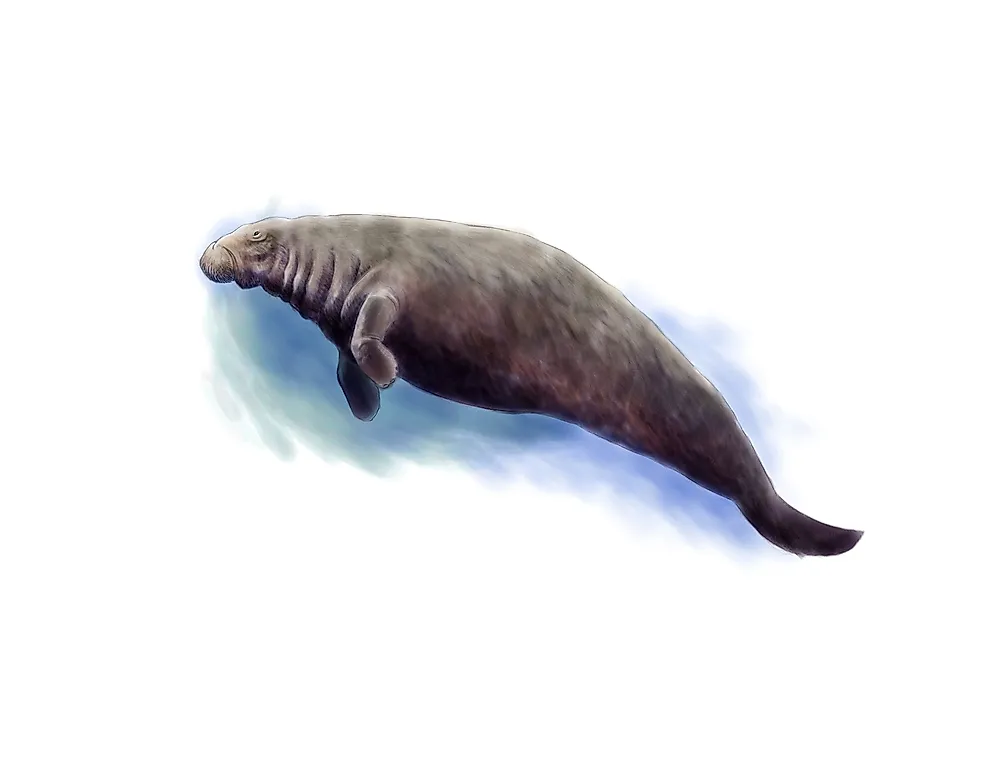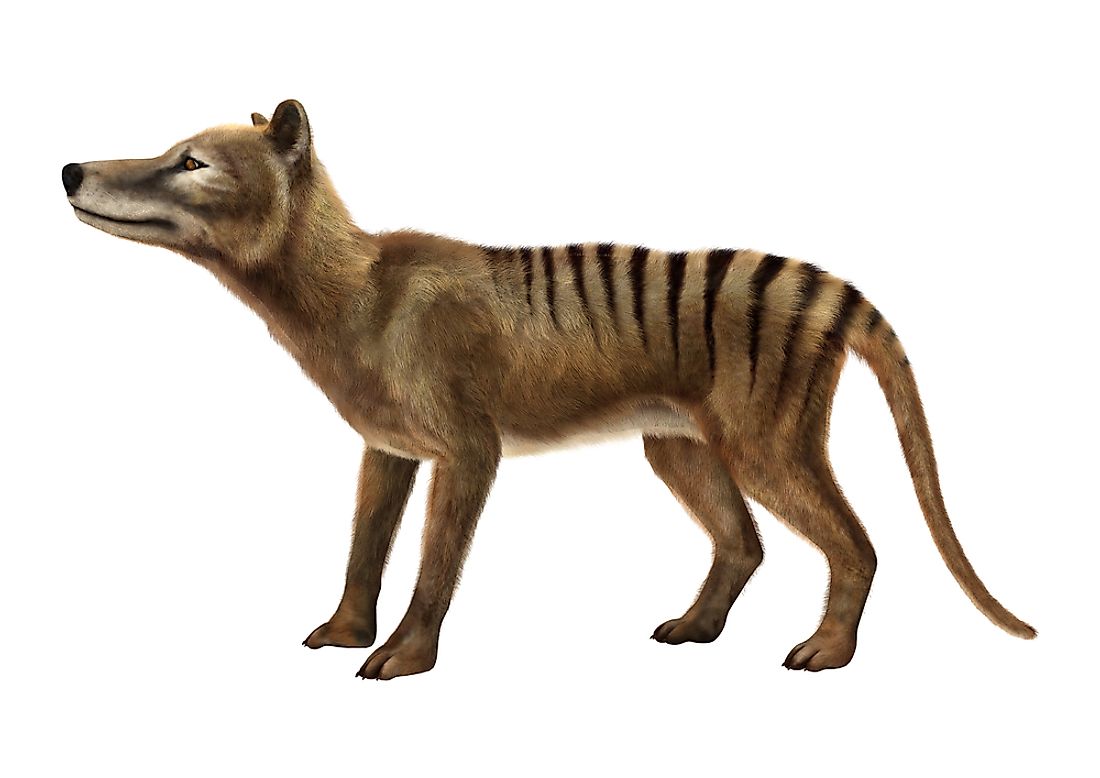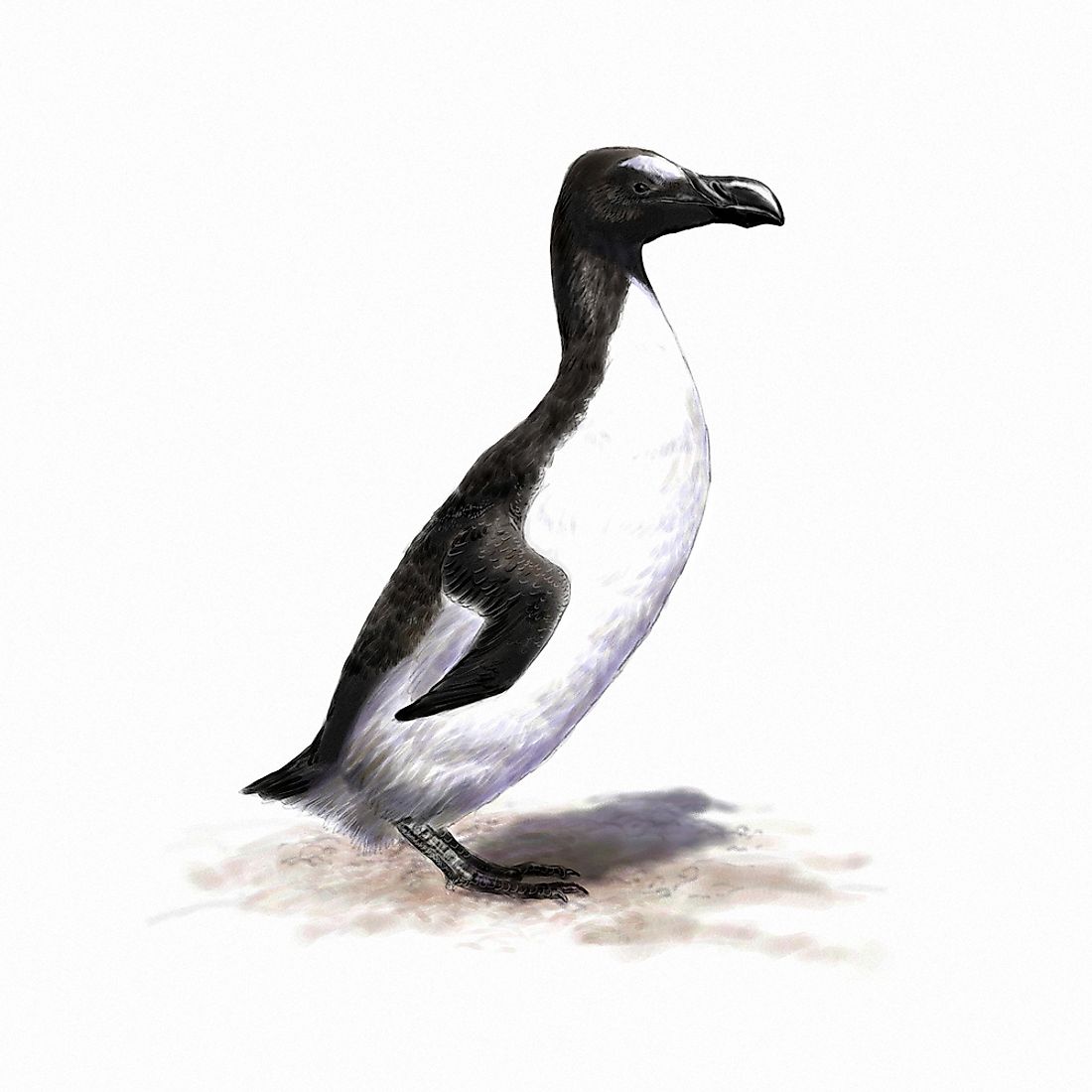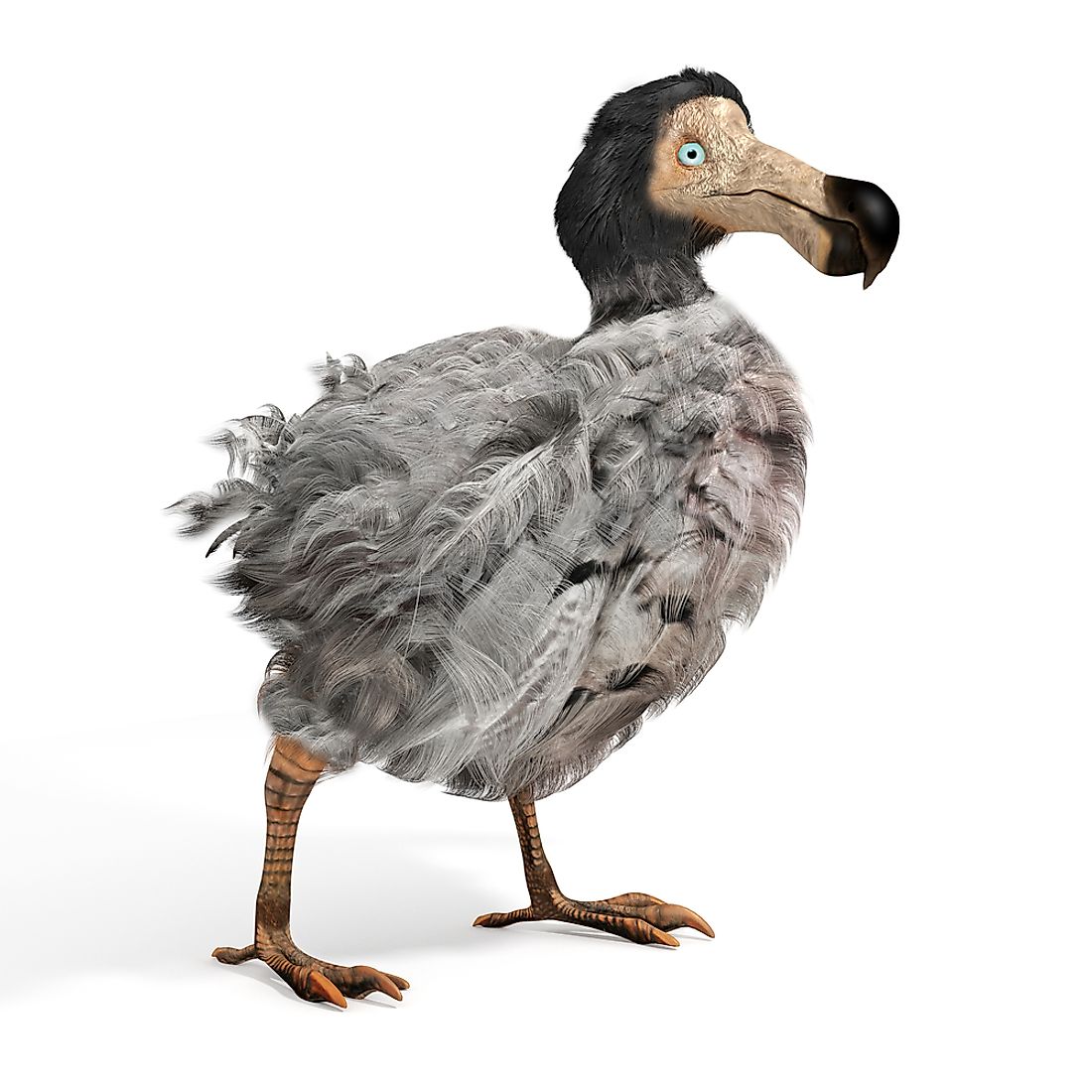10 Animals Humans Hunted to Extinction

In both biology and ecology, "extinction" refers to the termination or dying out of a species. The process of extinction takes place when a particular species of animals or plants are diminished due to several factors which could include human exploitation, environmental forces, and evolutionary changes.
According to the Center for Biological Diversity, almost 20,000 species of animal and plants are currently at risk of extinction. Humans have a destructive ability to have a negative impact on their environments. The following list is composed of animals whose extinction can directly be linked to the hunting habits of human beings, whether for food or sport.
10. Western black rhino
Also known as the West African black rhinoceros, the western black rhino (Diceros bicornis longipes) was a rhinoceros subspecies declared extinct by the International Union for Conservation of Nature and Natural Resources (IUCN) in 2011. In contrast to other rhino subspecies, the West African black rhinoceros was believed to have been genetically distinct.
The species was once widespread in the savannah regions of Sub-Saharan Africa, but unfortunately, its numbers greatly declined due to poaching. The West African black rhinoceros primarily lived in Cameroon, but hadn't been spotted since 2006.
9. Thylacine

Also known as "Tasmanian wolf" or "Tasmanian tiger", the thylacine (Thylacinus cynocephalus) was the largest modern carnivorous marsupial. The species was native to the continent of Australia and is believed to have become extinct in the 20th century.
The extinction of the thylacine is blamed on bounties that encouraged intense hunting of the animals. Thylacines were believed to kill livestock. The last known species of the thylacine, named Benjamin, died on September 7, 1936.
8. Steller's sea cow
Steller's sea cow (Hydrodamalis gigas) was a species of sirenian discovered in 1741 that no longer exists today. During the time the animal's discovery, the Steller's sea cow was primarily found in the Commander Islands between Russia and Alaska in the Bering Sea. The animal was one of the largest mammals in existence.
The closest living relative to the Steller's sea cow is the dugong (Dugong dugon). The steller's sea cow was very a slow moving animal, and was so easily captured that it was hunted to extinction for its hide, fat, and meat. It is reported to have gone extinct in 1768 - just 27 years after it first was discovered by humans.
7. Quagga
The quagga (Equus quagga quagga) was a subspecies of the common plains zebra native to South Africa. The quagga was distinct from other zebra species because of its unique stripes which featured a limited pattern of mainly brown and white stripes.
The animal was hunted for its hide and killed by ranchers who believed that the quagga was competing with livestock for grazing area. By 1878, the quagga was extinct in the wild. The last known species died on August 12, 1883 at the Amsterdam Zoo.
6. Atlas bear
The atlas bear (Ursus arctos crowtheri) was a species of brown bear who lived in Africa. The Romans are believed to have imported Iberian bears for spectacles at animal fighting events. For thousands of years, the animal was intensely hunted and captured by Romans who used them in arenas to fight against tigers, gladiators, lions, and other animals.
Atlas bears were cruelly treated, malnourished, and starved to make them desperate and aggressive while fighting. By the late 19th century, the atlas bear was extinct.
5. Great Auk

The great auk (Pinguinus impennis) was a flightless coastal bird whose breeding grounds were the rocky islands of the North Atlantic, including the British Isles, Canada, Iceland, Scandinavia, and Greenland. The bird became extinct around the mid 19th century.
Until the late 18th century the species were hunted in large numbers. While their diminishing numbers could have raised alarm bells for hunters, leading to them to cease their actions, the bird just became more rare and valuable. The great auk had become a prized hunt for collectors. The last two confirmed great auk specimen were killed on July 3, 1844, off the coast of Iceland.
4. Caribbean monk seal
The Caribbean monk seal (Monachus tropicalis), also is known as the "sea wolf" or "West Indian seal" was last seen at Serranilla Bank between Nicaragua and Jamaica in 1952, although it was not officially declared extinct in the US in 2008.
The Caribbean monk seal was hunted extensively by European explorers during the late 15th century and was later exploited for their meat, fur, and oil by whalers and fishers between the 18th and 19th centuries. Overfishing and coastal development also played a big role in their extinction.
3. Passenger pigeon
Also known as the wild pigeon, the passenger pigeon (Ectopistes migratorius) was a species of the pigeon that was hunted by humans to the point of extinction. Although Native Americas had longtime hunted the bird, the hunting intensified to an unsustainable amount once Europeans in the 19th century.
Hunting of passenger pigeons occurred on a large scale thanks to the commercialization of pigeon meat as cheap food. Although mass habitat degradation also contributed to the passenger pigeon's demise, it is astonishing to think that their popular in North America was once in the billions. On September 1st, 1914, the last passenger pigeon in existence, named Martha, died at the Cincinnati Zoo.
2. Dodo

The Dodo bird (Raphus cucullatus) was a flightless bird endemic to the island of Mauritius. It became extinct between the mid and late 17th century. When humans first inhabited the island of Mauritius, they brought with them blood thirsty pigs, dogs and cats, who together they hunted the bird. As the dodo was an oblivious fearless creature with an inability to fly, it was an easy and vulnerable target. Humans also hunted dodo birds for their meat, particularly their gizzards, which many considered to be a delicacy.
1. The laughing owl
The laughing owl (Sceloglaux albifacies) was once a common bird found in New Zealand before its extinction in 1914. Weighing only 600 grams, the birds had a length of between 35 and 40 centimetres. Laughing owls were named for their unique vocalizations, which were said to mimic human shrieks.
The population of laughing owls was considerably large at the time of the arrival of European settlers in New Zealand. Although the introduction of other species and habitat degradation did contribute to the demise of the laughing owl, the birds were also hunted extensively by humans, mainly for use in museums, zoos, and personal collections.







